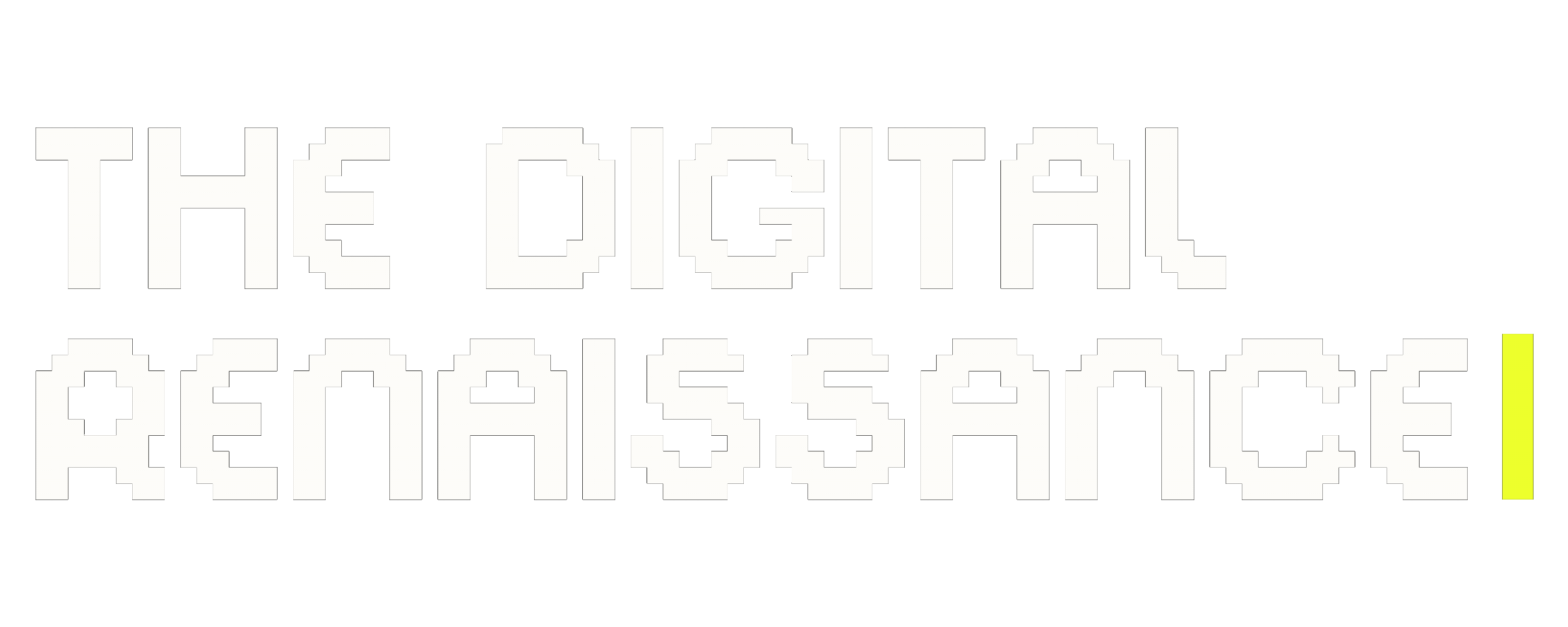How the Creator Economy Started, Where It’s Going, and Why It’s Booming
CREATOR ECONOMY & DIGITAL CULTURE
The creator economy has become a cultural and economic phenomenon, redefining work, creativity, and how we consume content. With over 50 million people identifying as creators worldwide, the rise of platforms like YouTube, TikTok, Patreon, and Substack has birthed a new era of independence and entrepreneurship. But how did this revolution begin? Where is it heading, and what are the factors fueling its explosive growth?
The Origins of the Creator Economy
The roots of the creator economy trace back to the early days of the internet when blogs, forums, and personal websites gave individuals the tools to share their passions with the world. Platforms like Blogger, WordPress, and Tumblr paved the way for creators to find an audience without needing traditional gatekeepers like publishers or media conglomerates.
The rise of social media in the mid-2000s marked a turning point. Platforms like YouTube (founded in 2005) and Instagram (launched in 2010) introduced visual storytelling and monetization capabilities. YouTube’s Partner Program, launched in 2007, allowed creators to earn ad revenue, creating the first real incentive for content creation as a career. This democratized content production, enabling anyone with a camera and an idea to reach a global audience.
Why It’s Booming Now
The creator economy’s current boom is driven by several interconnected factors:
1. Technology and Accessibility
The proliferation of smartphones, affordable high-quality cameras, and fast internet has removed traditional barriers to entry. Tools for video editing, graphic design, and podcasting are now accessible to beginners and professionals alike, empowering creators to produce content with minimal upfront investment.
2. The Rise of Platforms
Today’s platforms are purpose-built for creators. TikTok, Substack, Twitch, and OnlyFans have taken monetization and audience engagement to new heights. Subscription models and microtransactions allow creators to earn directly from fans, sidestepping the reliance on advertisers.
3. Cultural Shifts in Work
The pandemic accelerated the shift toward remote work and self-employment, sparking a reevaluation of traditional career paths. Many see the creator economy as an opportunity for autonomy and creative fulfillment, aligning with the values of younger generations prioritizing flexibility and passion over rigid 9-to-5 jobs.
4. The Creator-Fan Relationship
Unlike traditional celebrities, creators foster direct, personal connections with their audiences. Fans feel invested in their journeys, creating a sense of community that often translates to financial support through Patreon memberships, merchandise purchases, or live-stream tips.
5. Generational Demand
As Millennials and Gen Zs dominate the global consumer landscape, their preference for digital-first, personalized content has fueled the creator economy’s expansion. These generations value authenticity and niche interests, which creators are uniquely positioned to deliver.
Where It’s Going
The creator economy is poised for further transformation as new technologies and trends emerge:
1. Decentralization
Web3 technologies, such as blockchain and NFTs, promise to give creators even more control over their work. Platforms like Zora and Foundation enable creators to mint, sell, and manage digital assets directly, reducing dependency on centralized platforms.
2. AI and Automation
Artificial intelligence tools are empowering creators to work smarter. From AI-generated music to automated editing software, creators can focus more on ideas and less on technical execution. However, these tools also raise questions about originality and authenticity in an AI-assisted world.
3. Diversification of Income Streams
As platforms evolve, creators are diversifying their revenue streams through brand partnerships, online courses, digital products, and community memberships. This diversification not only boosts income stability but also reduces dependence on any one platform.
4. Creator-Led Communities
Creators are increasingly building their own platforms and communities. Tools like Discord and Mighty Networks allow creators to engage their audiences on their terms, fostering deeper connections and generating direct revenue.
5. Professionalization
As the creator economy matures, creators are adopting business-like approaches, often working with teams, agencies, and legal advisors. This professionalization signals a shift from the gig economy to a sustainable long-term industry.
The Challenges Ahead
Despite its growth, the creator economy faces challenges. Platform dependency remains a vulnerability; algorithm changes or policy updates can drastically impact creators’ visibility and income. Mental health is another concern, as the pressure to constantly produce can lead to burnout. Finally, the creator economy must grapple with issues of inequality, as only a small percentage of creators earn significant incomes.
Why It’s Here to Stay
The creator economy reflects a profound shift in how we value and consume content. By empowering individuals to share their voices and connect with like-minded communities, it has disrupted traditional industries and created a more inclusive, diverse media landscape.
As we look ahead, one thing is clear: the creator economy is not just a passing trend. It’s a fundamental reimagining of creativity, work, and human connection—a renaissance, in every sense of the word.
